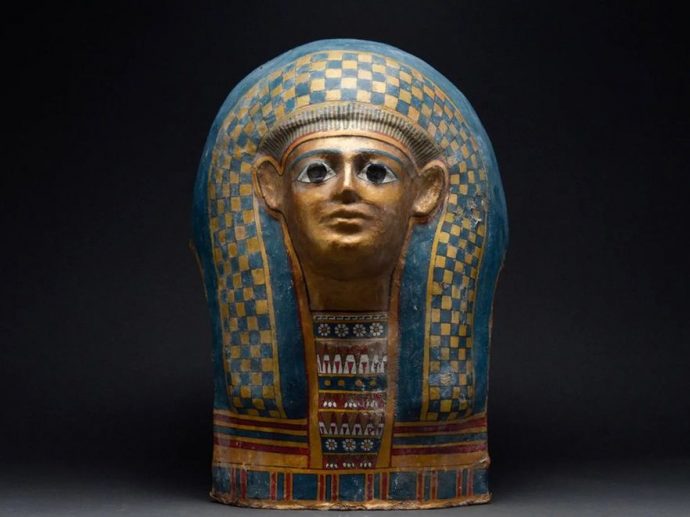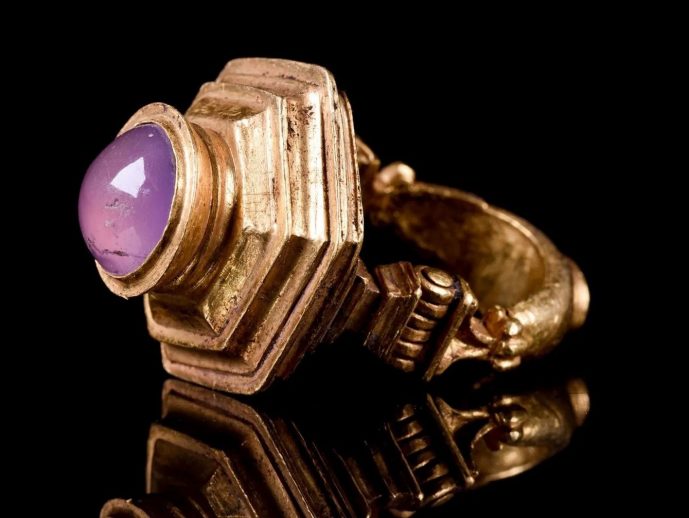Categories more
- Adventures (17)
- Arts / Collectables (15)
- Automotive (37)
- Aviation (11)
- Bath, Body, & Health (77)
- Children (6)
- Cigars / Spirits (32)
- Cuisine (16)
- Design/Architecture (22)
- Electronics (13)
- Entertainment (4)
- Event Planning (5)
- Fashion (46)
- Finance (9)
- Gifts / Misc (6)
- Home Decor (45)
- Jewelry (41)
- Pets (3)
- Philanthropy (1)
- Real Estate (16)
- Services (23)
- Sports / Golf (14)
- Vacation / Travel (60)
- Watches / Pens (15)
- Wines / Vines (24)
- Yachting / Boating (17)
Published
11/29/2022 by Apollo Art AuctionsWith each successive sale, London's Apollo Art Auctions delights collectors of ancient art and antiquities with a fresh selection of fully authenticated treasures from bygone civilizations. Each rare object – whether valued for its great beauty, historical significance, or both – is offered with the assurance that it has been vetted by top experts working under the direction of Apollo's founder, Dr. Ivan Bonchev (Ph.D., University of Oxford). On October 9th, the London-based firm will conduct yet another outstanding gallery auction of ancient art and antiquities, with worldwide bidding available online through LiveAuctioneers.
The beautifully illustrated catalogue features 499 lots divided into three sections: Classical and Egyptian, Masterpieces of Ancient Asia, and Medieval Antiquities and Ancient Weaponry. The well-provenanced artifacts represent cultures of many significant eras and geographic regions, including Classical Europe, Egypt, the Near East, India and China.
Ancient Egypt is endlessly fascinating, with its gods, rituals and reverence toward those who had passed to the afterlife. A prime example of the latter is seen in the auction's opening lot: an Egyptian mummy mask cartonnage from the Ptolemaic Period, circa 332-30 BC. Made from layers of polychrome-painted and gilded plaster-covered linen, it has weathered many centuries to emerge in fine condition. Estimate: £20,000-£40,000 ($22,938-$45,876)
A number of highlights grace the Ancient Roman section, including a life-size marble head of youthful female from the Antonine Period, circa 200 AD. This substantial and masterfully sculpted artwork has a long line of provenance and is estimated at £30,000-£60,000 ($34,407-$68,814). A stunning Roman gold plaque, circa 100-300 AD, is decorated in bas-relief with images of an actor's mask surrounded by the naos of a temple and two floral garlands. Estimate: £20,000-£40,000 ($22,938-$45,876)
In their day, Viking silversmiths were second to none. This distinction is exemplified by a rare and impressive circa 900-1100 AD silver horse's chamfron. Designed to protect a horse's head while charging in battle, the chamfron (from the French words for "field" or "battlefield," and "bit," as in the bit placed in a horse's mouth) has decorative embossed dots around its exterior and extensive incised geometric motifs on its central area. It weighs 1.4kg (2lb 1oz). Estimate: £40,000-£80,000 ($45,876-$91,752)
The interest in ancient, wearable jewelry seems to grow with each successive sale conducted by Apollo Art Auctions, simply because the firm is becoming known as a premier source for the most desired examples of jeweled rings, necklaces, pendants, earrings and brooches. Many pieces in the October 6 auction have a high gold content.
The Asian section is brimming with rare and important art and artifacts. A set of 12 Chinese Tang Dynasty (circa 618-907 AD) terracotta zodiac figures can be compared to a smaller set in the Metropolitan Museum of Art's collection and another similar se, from the Shaanxi History Museum that was exhibited at the Guggenheim Museum in 1998. Set estimate: £15,000-£30,000 ($17,203-$34,406)
Apollo Art Auctions is located in a newly expanded gallery at 25 Bury Place in the heart of London's Bloomsbury district, opposite The British Museum. Their Oct. 9, 2022 auction will commence at 7 a.m. US ET/12 noon BST. View the fully illustrated auction catalogue and sign up to bid absentee or live online through LiveAuctioneers. Apollo Art Auctions is a member of the British Numismatic Trading Association (BNTA) and the Art Loss Register (AR).
















